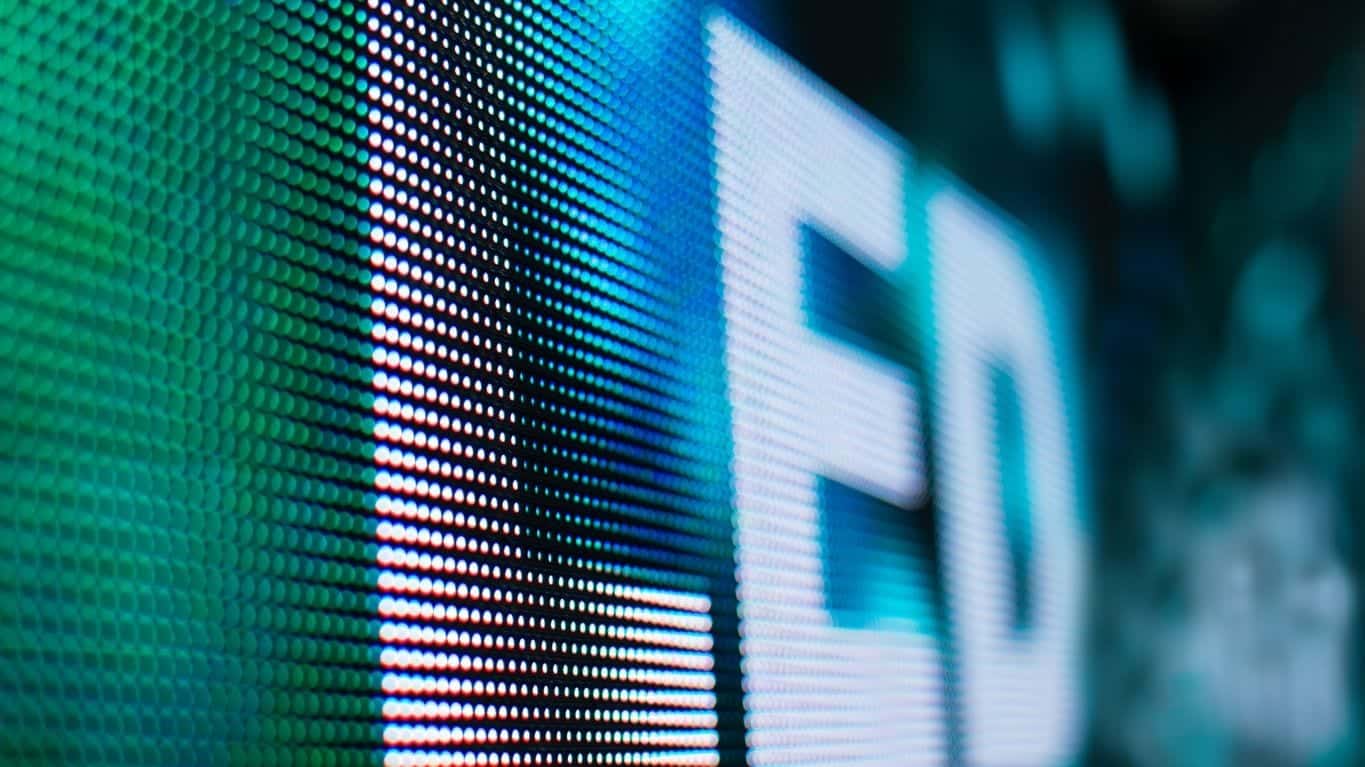Maximizing Visual Effect Via Strategic Material Scheduling in LED Wall Execution
Wiki Article
Maximizing aesthetic effect during light-emitting diode screen shows demands meticulous planning and strategic visual scheduling. LED walls are powerful instruments in graphic narration, frequently utilized in concerts, events, and displays. The efficacy of these displays relies not just upon the caliber of the images yet additionally upon the manner plus timing they are presented. By understanding the viewers' attention duration plus the rhythm of the occasion, event planners can create a more engaging experience that captivates spectators plus improves the total show.
One crucial element of strategic content scheduling is timing. It is vital to align the visuals to the beat and tempo of the show. For example, in the course of a music performance, visuals should enhance the beat and atmosphere of the melody. This alignment helps to create a unified encounter that pulls the audience in. Additionally, it is important to consider the length of each image segment. Brief, striking clips can maintain audience interest, while longer images may be appropriate for instances of contemplation or sentimental connection. By varying the length and vigor of the visuals, event planners can maintain the viewers interested during the show.

Another crucial factor is the material in question. The images displayed on the light-emitting diode wall should be pertinent to the concept of the performance. This relevance helps to strengthen the narrative being communicated and makes the experience more unforgettable for the audience. next page For instance, if the show is about environmental awareness, using visuals that illustrate the environment and animals can amplify the message. Furthermore, incorporating dynamic elements, such as motion graphics or engaging visuals, can introduce thrill and maintain the audience's attention. The appropriate content, shown at the right moment, can significantly elevate the effect of the show.
Audience engagement is also a key factor in visual timing. Comprehending the characteristics and preferences of the audience can guide the selection of visuals. For example, a younger crowd may respond better to vibrant hues and quick animations, while an mature crowd might value more nuanced and refined images. By tailoring the content to the audience's interests, organizers can create a more personalized experience that resonates with viewers. Additionally, adding viewer involvement, such as real-time surveys or media engagements, can additionally enhance engagement and make the performance more interactive.
Finally, evaluating the effectiveness of the content scheduling is essential for upcoming performances. Gathering feedback from the audience can provide insightful insights into what worked well and what could be improved. This information can help event planners improve their approaches and make knowledgeable choices for future performances. By continuously assessing and adapting the content scheduling approach, organizers can maximize the aesthetic effect of light-emitting diode screen shows plus craft unforgettable experiences for their audiences.